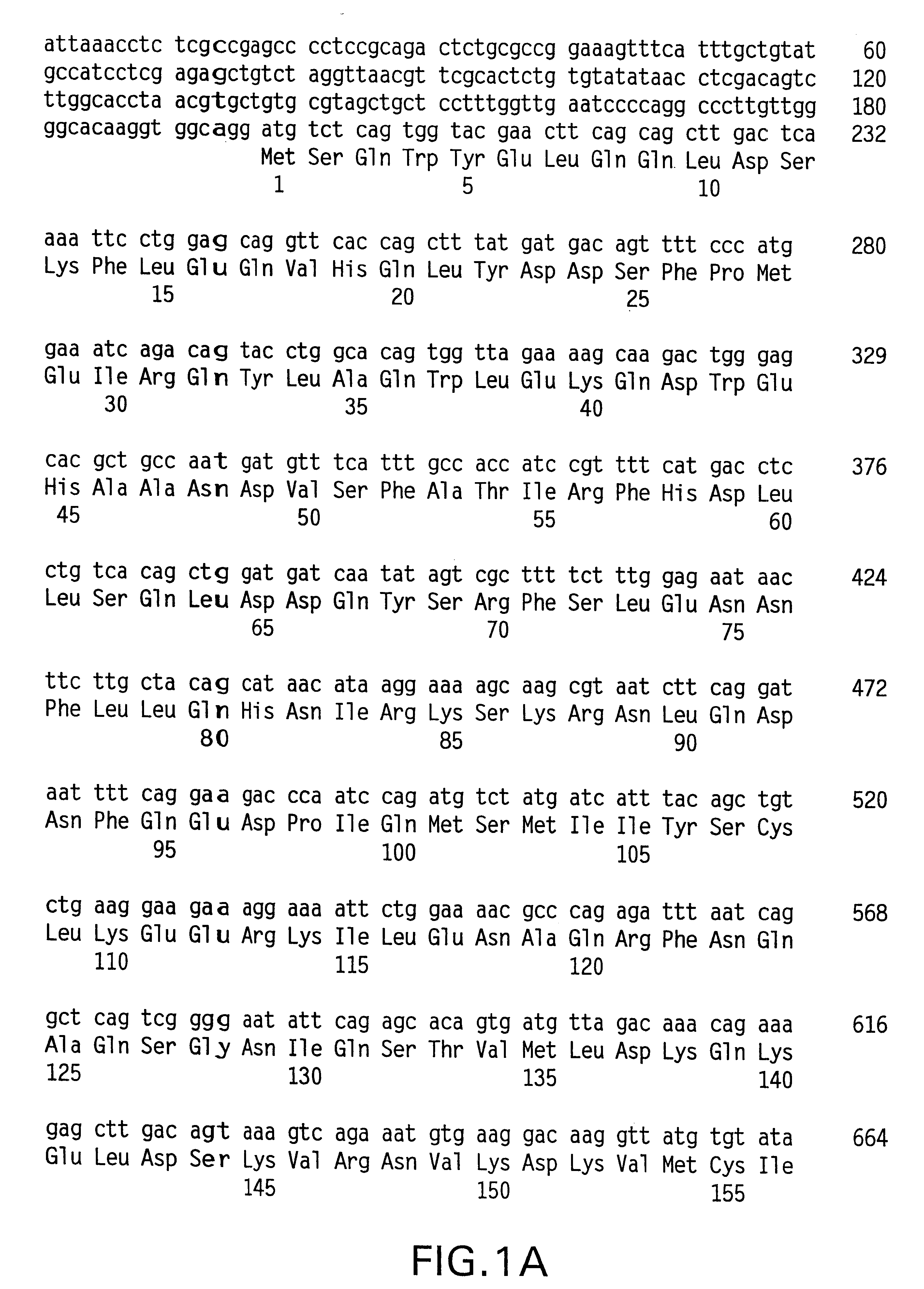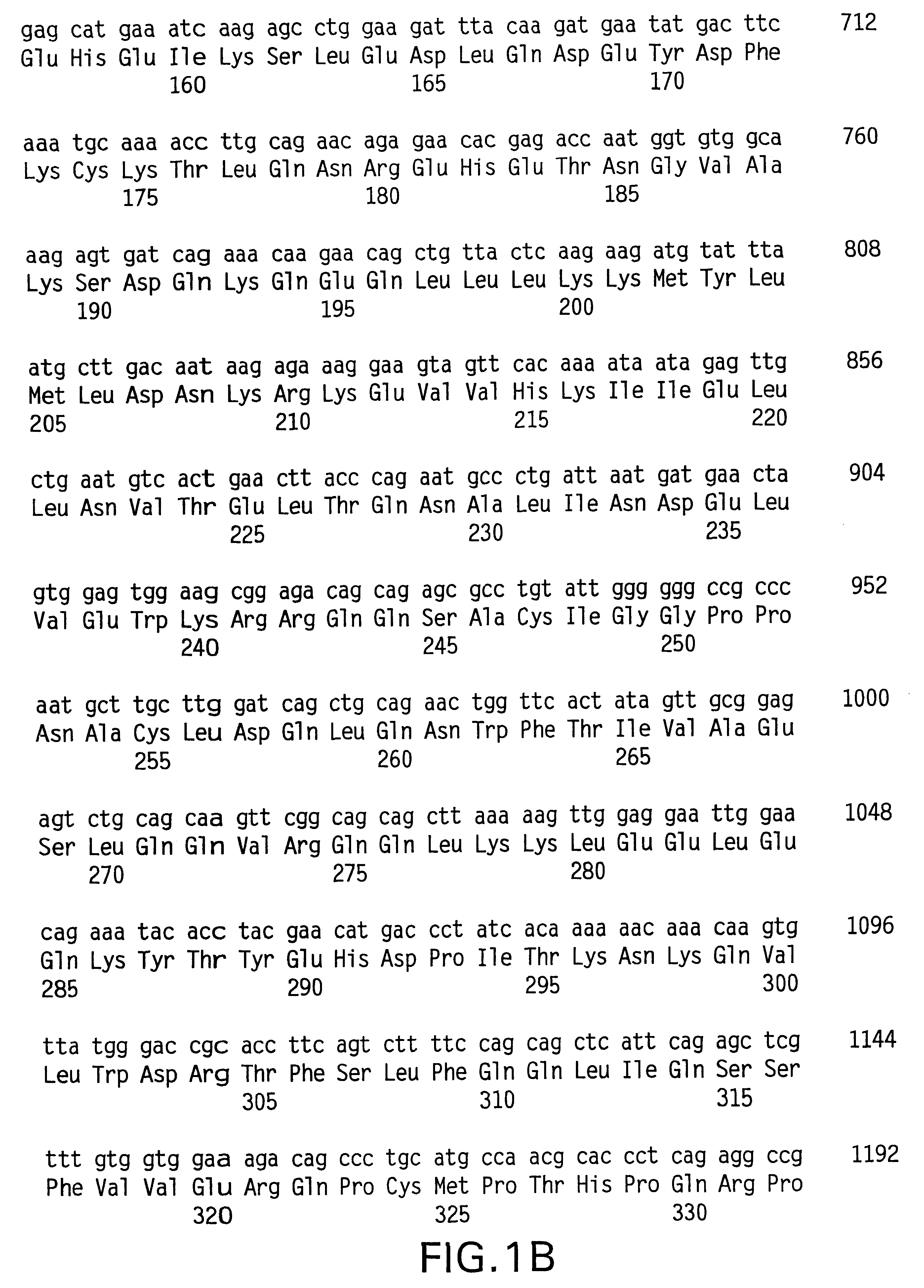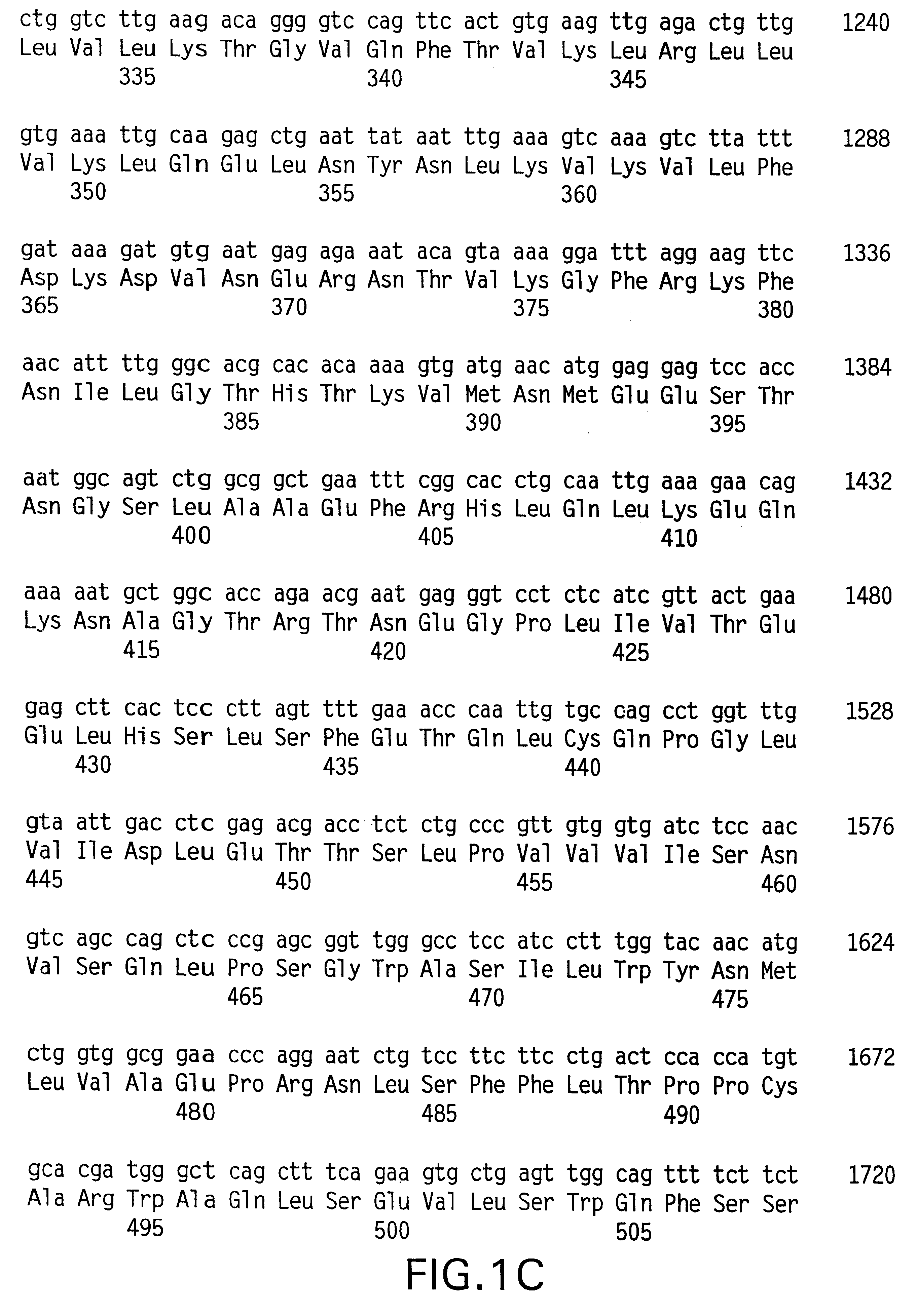Method for identifying a compound to be tested for an ability to reduce immune rejection by determining Stat4 and Stat6 proteins
a technology of stat4 and stat6 protein and compound, which is applied in the field of identifying a compound to be tested for an ability to reduce immune rejection, can solve the problems of immunosuppressive agents that are short-lasting, life-long treatment, and immunosuppressive agents that have many serious adverse effects, and achieve the effect of localizing and quantifying gene expression
- Summary
- Abstract
- Description
- Claims
- Application Information
AI Technical Summary
Benefits of technology
Problems solved by technology
Method used
Image
Examples
Embodiment Construction
5.1. Methods and Compositions for Monitoring Transplant Acceptance and Autoimmune Disorders
As demonstrated below, immune rejection can be monitored by determining the amount of particular members of the Jak / Stat signal transduction pathway present within an affected tissue. Specifically, the results presented herein demonstrate that immune rejection can be monitored by determining the amount of Stat4 mRNA or protein, Stat6 mRNA or protein, SOCS1 mRNA or protein, or SOCS3 mRNA or protein present in an affected tissue. In particular, the results presented herein demonstrate that immune rejection can be monitored by determining the amount of Stat4 mRNA or protein, Stat6 mRNA or protein, SOCS1 mRNA or protein, or SOCS3 mRNA or protein, present in an affected tissue. The results presented herein also demonstrate that immune rejection can be monitored by determining the amount of Stat1 mRNA or protein, Stat2 mRNA or protein, or Stat3 mRNA or protein present, e.g., present in an affected t...
PUM
| Property | Measurement | Unit |
|---|---|---|
| Ratio | aaaaa | aaaaa |
Abstract
Description
Claims
Application Information
 Login to View More
Login to View More - R&D
- Intellectual Property
- Life Sciences
- Materials
- Tech Scout
- Unparalleled Data Quality
- Higher Quality Content
- 60% Fewer Hallucinations
Browse by: Latest US Patents, China's latest patents, Technical Efficacy Thesaurus, Application Domain, Technology Topic, Popular Technical Reports.
© 2025 PatSnap. All rights reserved.Legal|Privacy policy|Modern Slavery Act Transparency Statement|Sitemap|About US| Contact US: help@patsnap.com



